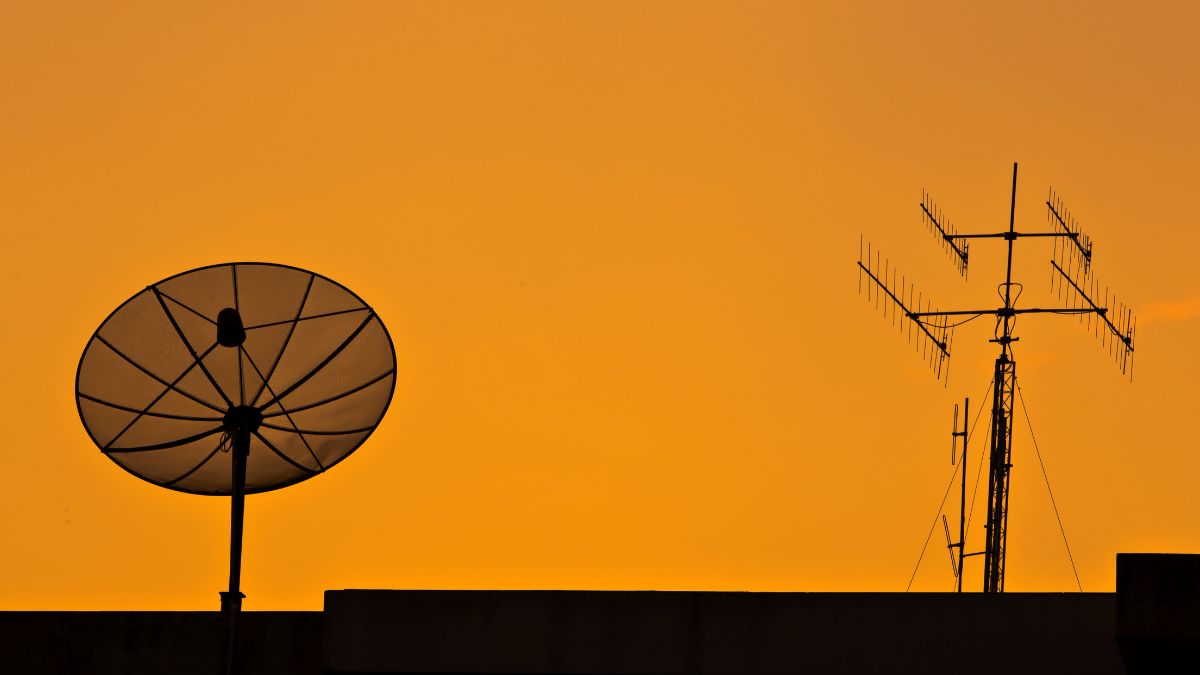

But now that sophisticated satellite technology has been developed. A lot of attention has been paid to satellite internet as a possible game-changer. In the United States, broadband internet has served as the foundation for high-speed internet access for many years. The most widely used conventional broadband technologies are Digital Subscriber Line (DSL), fiber optics, and cable. Physical infrastructure including telephone wires, fiber optic lines, and cables are necessary for these services. With symmetrical upload and download capabilities, minimal latency, and excellent dependability, fiber-optic broadband offers the fastest speeds. Although it may experience congestion in heavily populated regions, cable internet is nevertheless widely accessible and offers comparatively fast speeds.
The existing infrastructure of conventional broadband is one of its main benefits. Because service providers have already covered the cost of installing the required infrastructure, broadband services are therefore more generally available in bigger towns and metropolitan regions. Broadband internet is also usually more reliable and has reduced latency, which makes it perfect for real-time communication-intensive commercial processes, gaming, and video conferences.
The availability of regular broadband in rural and isolated regions is its largest drawback, though. Due to the high expense of establishing the required infrastructure in sparsely inhabited areas, broadband providers underserve many rural areas of the United States. Millions of Americans now lack dependable high-speed internet connectivity due to the digital divide, which has hampered access to basic services, economic growth, and educational prospects.
Recent technical developments have significantly increased the viability of satellite internet, which has been accessible for a long time. By sending signals to and from satellites circling the Earth, satellite internet provides internet connectivity without the need for terrestrial infrastructure, in contrast to regular broadband, which depends on physical cables.
The capacity of satellite internet to reach faraway locations is one of its primary benefits. Satellite internet can reach almost anywhere in the world since it is not reliant on physical cables or infrastructure that is situated on the ground. This makes it a desirable option for underprivileged areas, rural communities, and even isolated places like deserts, islands, and hilly regions. The quality and speed of satellite internet has greatly increased with the launch of more LEO satellites, often offering customers speeds comparable to those of regular broadband.
The Satellite internet still has many issues, though. Even though LEO satellites have lower latency than conventional geostationary satellites, they nevertheless must deal with increased delay and possible signal interruptions from weather-related factors like storms or dense clouds. Furthermore, even if the satellite internet infrastructure is developing quickly, it is still in its infancy and could not be widely available in some places. Additionally, the cost of satellite internet might be higher than that of standard broadband services, which may prevent it from being widely used in some countries.
Both satellite internet and regular broadband are anticipated to play complementary roles in the future of U.S. connectivity as the demand for high-speed internet keeps increasing. With dependable, quick, and low-latency connections, fiber-optic and cable internet are predicted to continue to be the most popular internet access options in urban and suburban regions where traditional broadband infrastructure is already in place.
Nonetheless, satellite internet has the potential to bridge the gap in underserved and rural areas. The development of 5G networks and the proliferation of LEO satellites have the potential to revolutionize U.S. connectivity. More than 12,000 satellites are anticipated to be put into low Earth orbit by 2025, greatly expanding internet coverage worldwide. This would allow millions of Americans in rural and distant regions to receive dependable internet services for the first time.
Innovation in satellite technology, such as the creation of quicker and less expensive satellite terminals, is also essential to the future of satellite internet. A wider spectrum of customers will have greater access to satellite internet as prices come down and technology advances. Furthermore, cooperation between satellite providers and conventional broadband firms might result in hybrid solutions that give the best of both worlds: extending coverage to rural and distant places while providing fast, dependable access in metropolitan areas.
In conclusion, satellite internet and regular broadband both have unique benefits and drawbacks, and their contributions to the future of connectivity in the United States will vary depending on local requirements. Satellite internet will be a vital tool for rural and isolated places, but traditional broadband will probably continue to rule in cities with established infrastructure. The future of internet connectivity in the United States may be defined by a hybrid model that combines the advantages of both satellite and terrestrial broadband to bring high-speed internet to everyone as satellite technology develops further and broadband companies broaden their coverage. Finally, sustained innovation in both domains will guarantee that the United States continues to lead the world in connectivity, connecting the digital divide and enabling greater opportunities for all.
Visit our website https://www.nextgwireless.net
#SatelliteInternet #TraditionalBroadband #Internet #InternetConnectivity #InternetConnection #NextelleWireless











